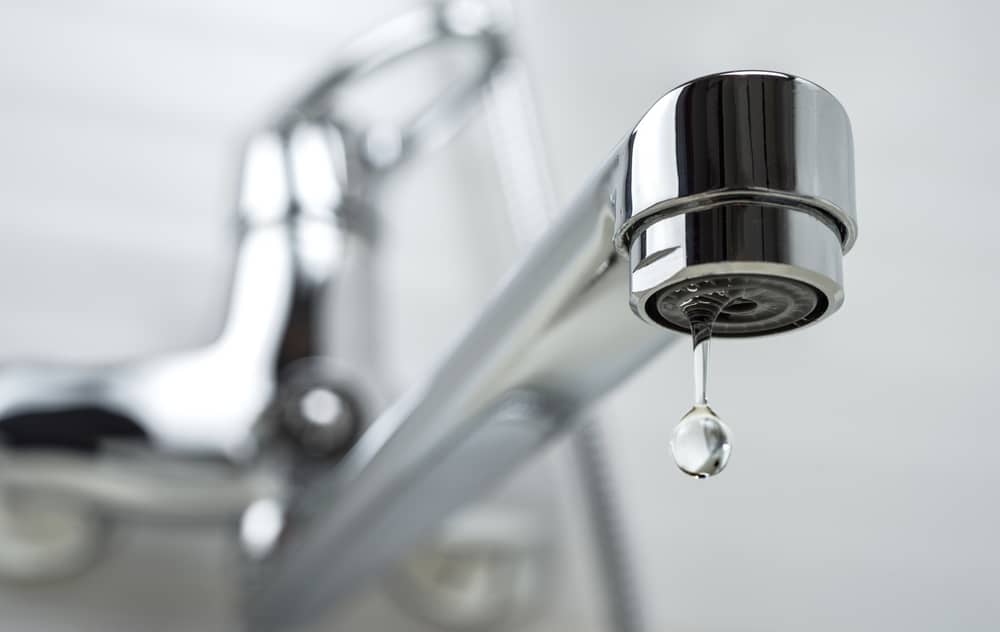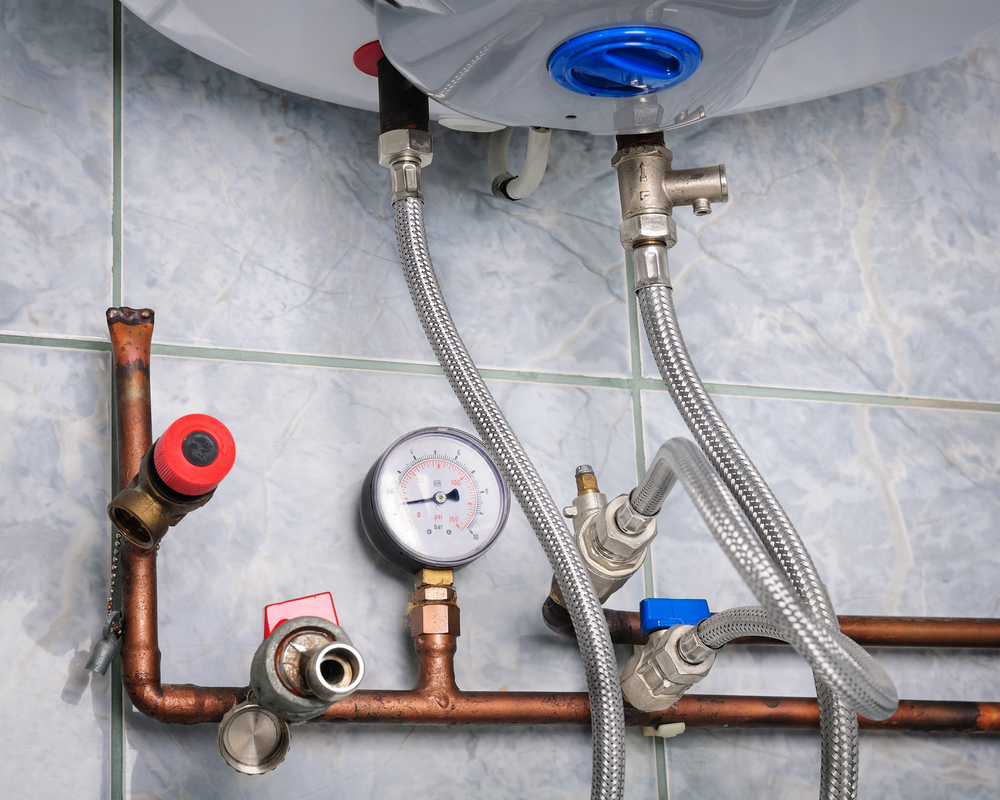Useful Strategies for Handling Low Water Pressure in Your Home
Useful Strategies for Handling Low Water Pressure in Your Home
Blog Article
They are making a number of great annotation on the subject of 10 Reasons for Low Water Pressure in Your House in general in the article followed below.

Low tide stress in your house can be an aggravating trouble, affecting whatever from bathing to cleaning recipes. If you're experiencing weak water flow, there are a number of feasible causes and services to check out. In this guide, we'll go over usual factors for low tide pressure and functional actions to resolve the issue efficiently.
Intro to Low Water Pressure
Low tide pressure takes place when the circulation of water from your taps, showers, and other fixtures is weak than common. This can make day-to-day tasks much more challenging and less efficient. Understanding the root causes of low water pressure is crucial to locating the right solution.
Typical Reasons For Low Tide Pressure
Faulty Stress Regulators
Stress regulators are in charge of maintaining regular water stress in your home. If they malfunction, it can result in low water pressure or irregular circulation throughout your home.
Municipal Water Issues
Sometimes, the trouble exists outside your home. Metropolitan water problems, such as main line leaks or upkeep work, can momentarily minimize water pressure in your location.
Pipe Obstructions
Over time, pipelines can become obstructed with mineral deposits, debris, or debris, limiting the circulation of water. This is an usual issue in older homes with galvanized steel pipelines.
Corrosion
Rust within pipelines can bring about leaks and minimized water stress. Rust accumulation can tighten water flow, especially in aging plumbing systems.
Exactly How to Detect Low Water Pressure
Checking Pipelines
Examine visible pipes for indications of leaks, rust, or blockages. Take notice of any kind of uncommon sounds, such as banging or rattling pipelines, which might indicate issues within the plumbing system.
Consulting with a Plumber
If you're unable to identify the root cause of low tide stress, consider hiring a professional plumber to perform a complete inspection. They can identify underlying issues and advise suitable remedies.
Checking Faucets and Components
Begin by testing the water stress at different taps and components throughout your home. If the issue is separated to specific locations, it might indicate local troubles.
DIY Solutions to Take Care Of Low Water Pressure
Flushing Hot Water Heater
Debris buildup in the water heater can limit circulation and reduce efficiency. Flushing the storage tank occasionally aids remove sediment and maintain ideal performance.
Inspecting Stress Regulatory Authority
Make certain that the stress regulatory authority is operating appropriately. Readjusting or changing the regulatory authority can assist recover proper water pressure throughout your home.
Cleaning Aerators and Showerheads
Mineral deposits can accumulate in aerators and showerheads, minimizing water circulation. Remove and cleanse these components frequently to improve water pressure.
Clearing Clogs in Water Lines
For minor obstructions, try using a plumbing snake or chemical drainpipe cleaner to clear blockages in pipes. Be cautious when using chemicals and comply with safety guidelines.
When to Call an Expert Plumber
If DIY initiatives stop working to solve the concern or if you think considerable plumbing troubles, it's best to seek aid from a qualified plumber. They have the experience and devices to address complex problems securely and successfully.
Preventive Measures to Preserve Water Stress
Installing a Stress Booster
Take into consideration setting up a stress booster pump to enhance water stress in locations with continually reduced flow. This can be specifically advantageous for multi-story homes or buildings with high-demand fixtures.
Monitoring Water Usage
Be mindful of water use habits and prevent ill-using the plumbing system. Basic modifications, such as shocking showers and washing tons, can aid keep ample water pressure.
Normal Maintenance
Arrange routine maintenance for your plumbing system to prevent problems such as deterioration, leakages, and blockages. Resolving minor troubles early can help prevent even more significant repair services later.
Conclusion
Handling low tide stress can be frustrating, but determining the underlying reasons and applying ideal solutions can restore ideal flow throughout your home. Whether it's cleaning up aerators, checking pipelines, or seeking advice from a plumber, taking aggressive actions can make certain a stable supply of water for your daily requirements.
FOUR WAYS TO FIX LOW WATER PRESSURE NOW
Turning on a shower or faucet only to find the water comes out in a sad, slow drizzle is never a good feeling. How exactly are you supposed to wash a pan or take a quick shower when it takes 10 minutes just to rinse off a little soap? The good news is that when your water pressure is bad, there's always a cause: typically one that can be easily fixed. Here are some of the most common causes of low pressure and what you can do to fix the issue:
DEBRIS AND MINERAL DEPOSIT BUILDUPS
If you notice low water pressure from just one or two of the fixtures in your house, the problem likely has to do with debris buildup. Water is full of minerals and other debris, all of which can accumulate in your pipes and on your fixtures. This can cause a blockage that affects how much water flows through. To fix this, try filling a small plastic bag with white vinegar, and use a rubber band to hang it around your showerhead or faucet. Let the head of the fixture soak for a few hours, and the vinegar should loosen the deposits.
WATER LEAKS
Leaks are another common cause of low water pressure. If water is flowing out of your plumbing through a hole or crack before it can reach your fixture, the pressure coming out of the faucet or showerhead will be lower. A plumbing professional is your best bet for finding and repairing a leak in your water supply pipes.
Leaks are another common cause of low water pressure. If water is flowing out of your plumbing through a hole or crack before it can reach your fixture, the pressure coming out of the faucet or showerhead will be lower. A plumbing professional is your best bet for finding and repairing a leak in your water supply pipes.
A VALVE ISSUE
If you have low water pressure throughout your home, check your main shut-off valve to make sure it's completely open. You may also want to see if there's a pressure-reducing valve installed. If there is, have a plumber help you adjust the settings to get the pressure you're looking for.
OTHERS USING WATER
Believe it or not, your low water pressure could be caused by your neighbors. If you notice low pressure at certain times of day, it may be because you and the people living next to you have similar schedules - when everyone is showering at the same time, the pressure will be lower in every home. Low pressure throughout the neighborhood may also be caused by an issue with your municipal water supply. If that's the case, call the supplier to see if they're working on the issue.
https://www.rotorooter.com/blog/water-leaking/low-water-pressure-fixes/

I hope you enjoyed reading our section on Low Water Pressure in the House?. Thanks a lot for spending some time to browse our posting. Please set aside a second to share this blog entry if you liked it. We take joy in reading our article about Dealing with Low Water Pressure in Your Home.
Apply Now Report this page